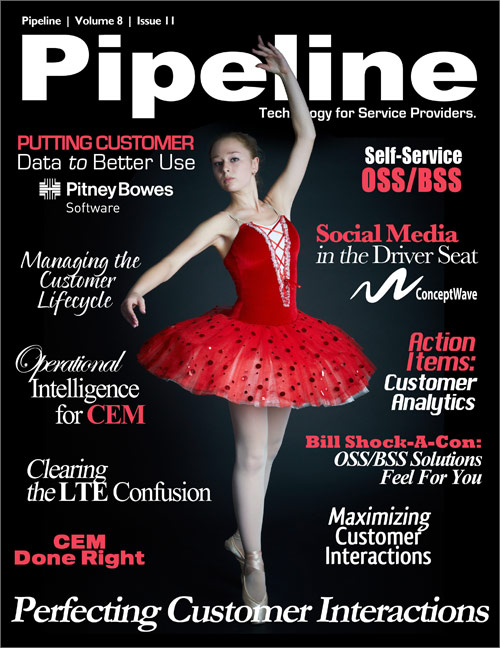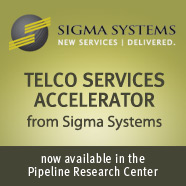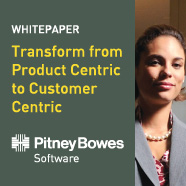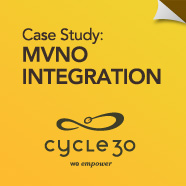The promise of LTE has been barely scratched. Most LTE networks launched to date are primarily used for pure data transmission without standard measures of quality assurance. But quality of service will become paramount as more subscribers are pushed to LTE for other services like voice and video.
"Quality sensitive services such as voice or video over LTE are typically only available at a 'best effort' quality, thus, they merely meet customers' expectations," Carrero said. "Looking further, as the huge variety of LTE services becomes ubiquitous, operators can help their mainstream customers choose from this variety. Operators need solutions that allow them to personalize the offerings they promote to their subscribers."
- Unify the view of customer profiles and preferences
- Capture analytics of customer usage patterns, demography characteristics and consumption habits
- Promote of new offerings in real-time contexts
- Provision network policy rules and charging plans
Actionable Customer Intelligence
As LTE continues to take hold, and an increasing number of OTT services are available, operators will face a conundrum. On one hand, they do want their customers to take full advantage of this variety, but at the same time, they are at risk of disintermediation and being relegated to a "commodity provider." The most obvious way for operators to move away from a commodity business is to focus on their customers; there is a need to truly understand the customer and provide a personalized user experience that is by definition "non commodity." This personalized user experience might manifest itself in different ways, like specific service bundles or tailored customer pricing.
"Actionable Customer Intelligence (ACI) is core to an operator's ability to generate new revenue streams and improve the retention of existing customers," Cerra said. "By leveraging their own customer data, operators may add more value."
That valuable customer data can be collected from two specific areas. First, is the operators' own ecosystems. Operators can use this data to identify what services customers want, how they want to pay for them and how those services can be made to be most relevant and best to monetize.
The other direction is in the wider value chain. "Operators can use that data to inform and assist partners," Cerra adds. "This must be done carefully, protecting the privacy of the user. However, customer data, along with the networks themselves, may yet prove to be the operator's greatest asset."
HP's Actionable Customer Intelligence Solution lets operators build a single, customer profile; analyze trends in usage and preferences; act with personalized offers to improve customer experience; and control congestion and offer personal profile exchange with third parties. Solutions like HP's can help CSPs improve the LTE experience.
LTE Device Testing Matters
When it comes to new fangled LTE devices, customers will expect everything to work from the time it comes out of the box. Spirent, which specializes in LTE device testing, identifies a few key questions operators and device manufacturers should address before widespread device deployment:
- Does the device conform to minimum standards?
- Does it seamlessly transition between radio technologies?
- What happens to services in the presence of realistic noise, fading, variations in the MIMO channel and adversarial network conditions?
- What happens when subscribers are moving?
- Can the device deliver the location-based services experience subscribers expect?
- Is it ready to meet the strict requirements of quality-conscious network operators?









